cuo nanoparticles due to their antibacterial properties and antifungal activity have been considered in addition to their catalytic, optical and electrical properties in health-related applications. Copper nanoparticles are often synthesized by polymer dispersion and solvent evaporation. In order to produce smaller nanometer particles, some methods have been proposed, such as using ultrasonic or organic separation and the use of solvents for extraction and propagation. In recent years, the implementation of environmentally friendly systems for the synthesis of copper nanoparticles due to metal oxide nanoparticles is a challenge.

Most important uses of cuo nanoparticles?
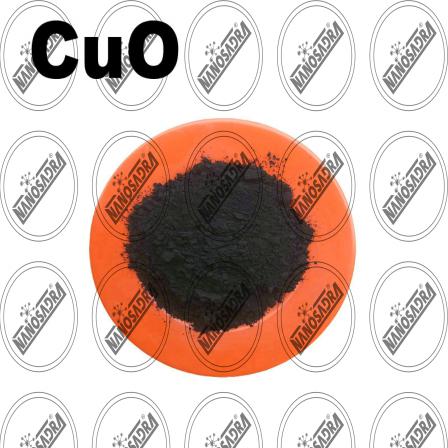
follow us to explain about characterization of cuo nanoparticles Synthesis Techniques.The development of nanoscale materials has increased in
various fields. The properties of these nanomaterials are crucial to the
worldwide technology revolution. It mainly depends on the synthesis methods for
potential applications such as antibacterial and antifungal effects. Some nanomaterials include metal oxides, metal salts and
metal hydroxides such as cuo oxide, zinc oxide, gold, silver, cuo, magnetite
and magmate, titanium, and iron. Metallic base metal nanoparticles are an
alternative to biomedical treatments, mainly in the manufacture of biomedical
devices with antimicrobial coatings. The high antimicrobial activity of the
nanoparticles depends on the size of the particles, allowing for more surface
contact and direct interaction with the membrane of the pathogenic
microorganisms.
History of producing and using cuo nanoparticles
 One of the important discussions in the field of nanotechnology of is colour of copper oxide nanoparticles, which we will explain now. Nanoparticles are materials with different properties than the bulk form; these properties make nanoparticles in many fields such as electronics (nanowire and nanosensor), MRI (magnetic device), medicine (coagulant), cosmetics (nanopumps). And catalytic design and materials (nanodavices). Silver and copper nanoparticles are often reported to have high antimicrobial activity; this allows them to be incorporated into various materials including titanium, polymer, and glass. In general, nanoparticle synthesis methods are usually divided into two categories: physical and chemical techniques.
One of the important discussions in the field of nanotechnology of is colour of copper oxide nanoparticles, which we will explain now. Nanoparticles are materials with different properties than the bulk form; these properties make nanoparticles in many fields such as electronics (nanowire and nanosensor), MRI (magnetic device), medicine (coagulant), cosmetics (nanopumps). And catalytic design and materials (nanodavices). Silver and copper nanoparticles are often reported to have high antimicrobial activity; this allows them to be incorporated into various materials including titanium, polymer, and glass. In general, nanoparticle synthesis methods are usually divided into two categories: physical and chemical techniques.
Who is the biggest nanoparticle producer in the world?
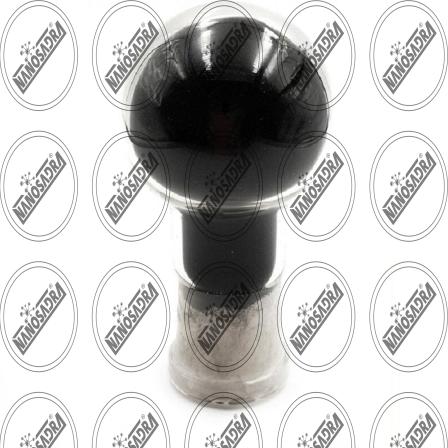 What kind of powder can be considered nanopowder?Powders are considered in three types of nanopowders:
What kind of powder can be considered nanopowder?Powders are considered in three types of nanopowders:
- The particle structure of the powder should be in nanometers.
- Powder-forming beads have nanometer dimensions.
- Combine nanopowder particles and ordinary powder particles.
In this case, the powder is called “composite nanopowder”. Composed from the English word composite, it means a combination of two or more things. The most tangible example of a composite is straw. In the straw flower the strands of straw are scattered in the flower field. In composite nanopowders, nanometer particles are also scattered over larger (non-nanometer) particles. If the particle size of the powder is greater than 100 nm, the particles may be nanometer-sized to be nanopowders. One example to understand this is the atoms that are arranged together in the cells we call seeds. Solid crystal materials are also made up of tiny cells called seeds. Within each grain, the atoms are arranged in a particular direction and parallel rows, and the difference of the two adjacent grains is the difference in the same orientation of the atoms.
Best countries to buy nanoparticles from them
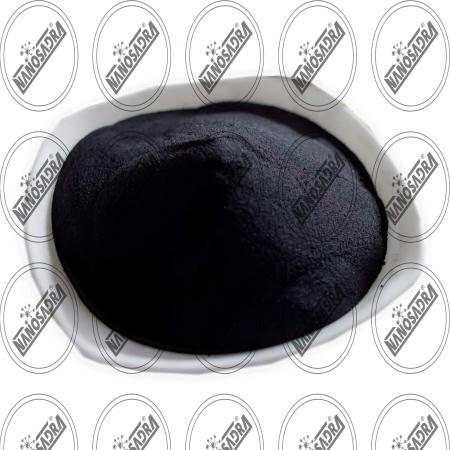 One of the new debates in the field of nano technology is us nanoparticle that you need to understand Chemical Synthesis to understand it. Chemical synthesis is currently the most practical and applicable method, involving the aggregation of atoms or molecules from the gas phase or a solution to extract nanoparticles of specific size and morphology; these properties are characterized by synthesis parameters such as temperature, precursor concentration, stabilizing agent or solvent. Are adjusted. This method for the synthesis of copper nanoparticles shows the relationship between precursor, reducing agent, stabilizing agent and solvent. Among the chemical methods, the chemical conversion of copper salts to obtain nanoparticles with controlled size and morphology is simple and easy. The chemical reaction is sensitive to aquatic environments and air conditions, where the surface of the nanoparticles is highly oxidizing, so it is sometimes necessary to use anaerobic environmental conditions (nitrogen or argon) or surfactants to protect the surface of the nanoparticles, such as the agent. Ligands, surfactants, soluble polymers, weak acids, etc. are used.
One of the new debates in the field of nano technology is us nanoparticle that you need to understand Chemical Synthesis to understand it. Chemical synthesis is currently the most practical and applicable method, involving the aggregation of atoms or molecules from the gas phase or a solution to extract nanoparticles of specific size and morphology; these properties are characterized by synthesis parameters such as temperature, precursor concentration, stabilizing agent or solvent. Are adjusted. This method for the synthesis of copper nanoparticles shows the relationship between precursor, reducing agent, stabilizing agent and solvent. Among the chemical methods, the chemical conversion of copper salts to obtain nanoparticles with controlled size and morphology is simple and easy. The chemical reaction is sensitive to aquatic environments and air conditions, where the surface of the nanoparticles is highly oxidizing, so it is sometimes necessary to use anaerobic environmental conditions (nitrogen or argon) or surfactants to protect the surface of the nanoparticles, such as the agent. Ligands, surfactants, soluble polymers, weak acids, etc. are used.

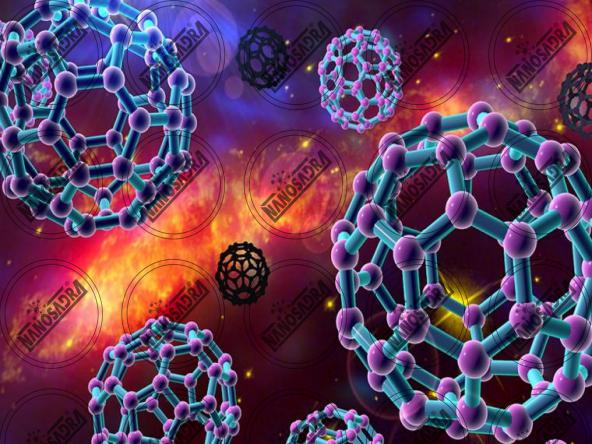
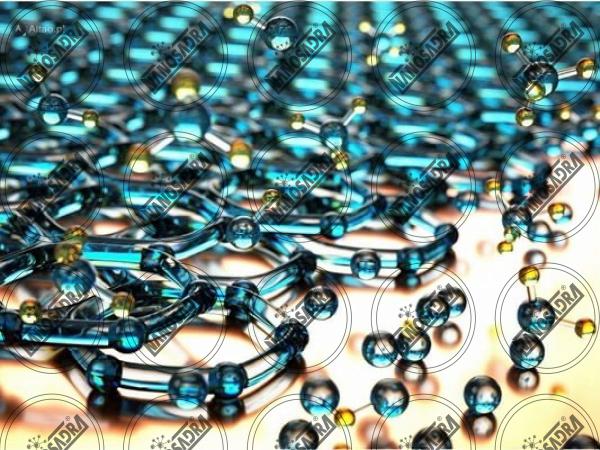
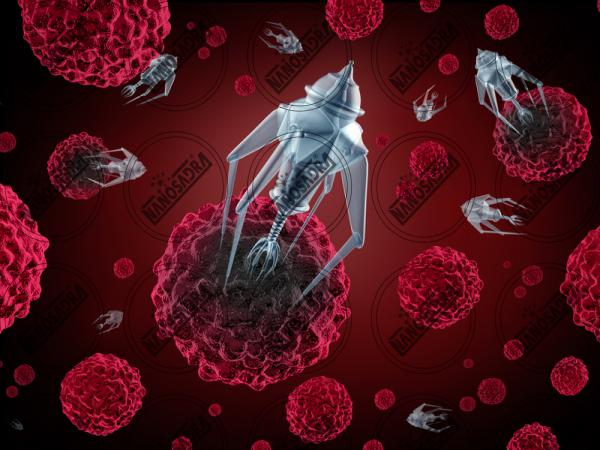

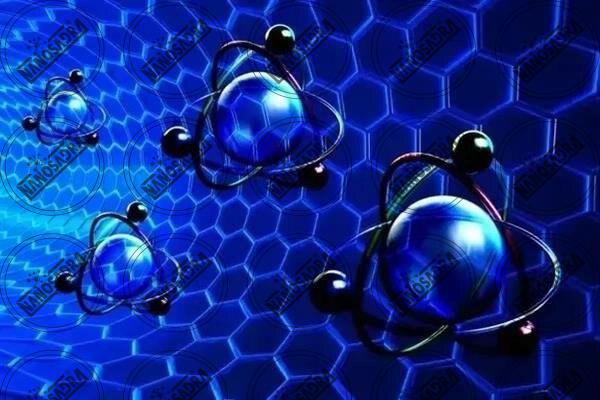




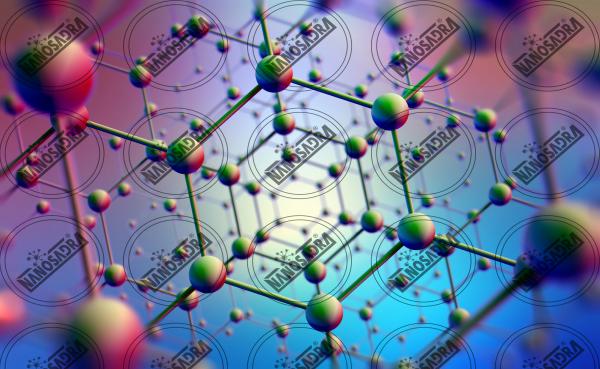
Your comment submitted.